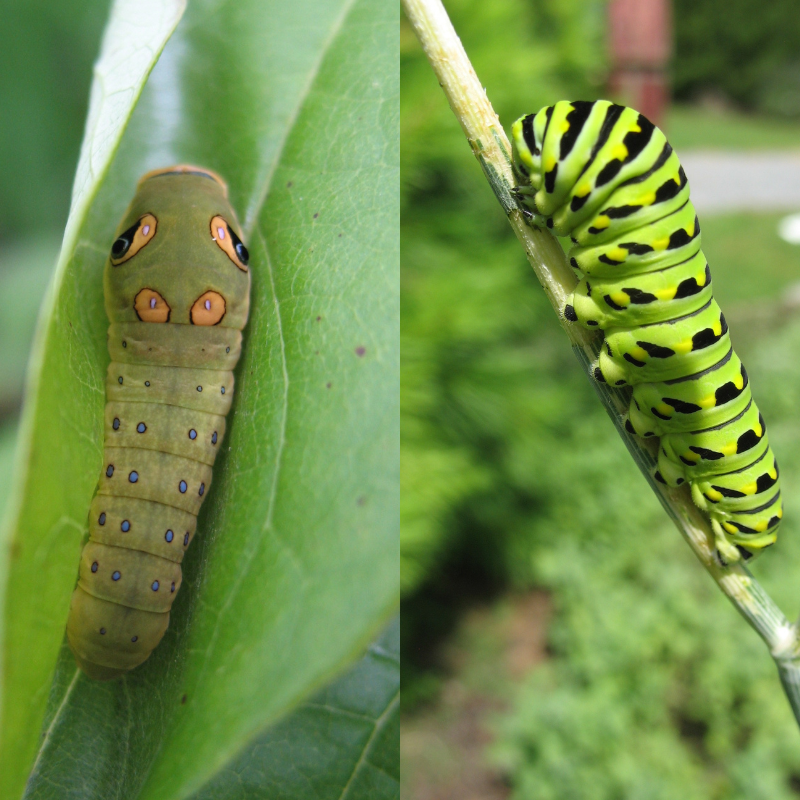- Visit
- Things to Do
- Learn
- Arboretum
- Research
- Support
- About
- People


Watch bees, butterflies, hummingbirds, and other pollinators visit their favorite flowers. Find out why pollination matters to our health and environment. Discover plants that you can add to your garden to attract these amazing creatures. The Pollination Garden is located to the east of the Quarters Building.
Continue below to learn more about pollinators and how you can help them.
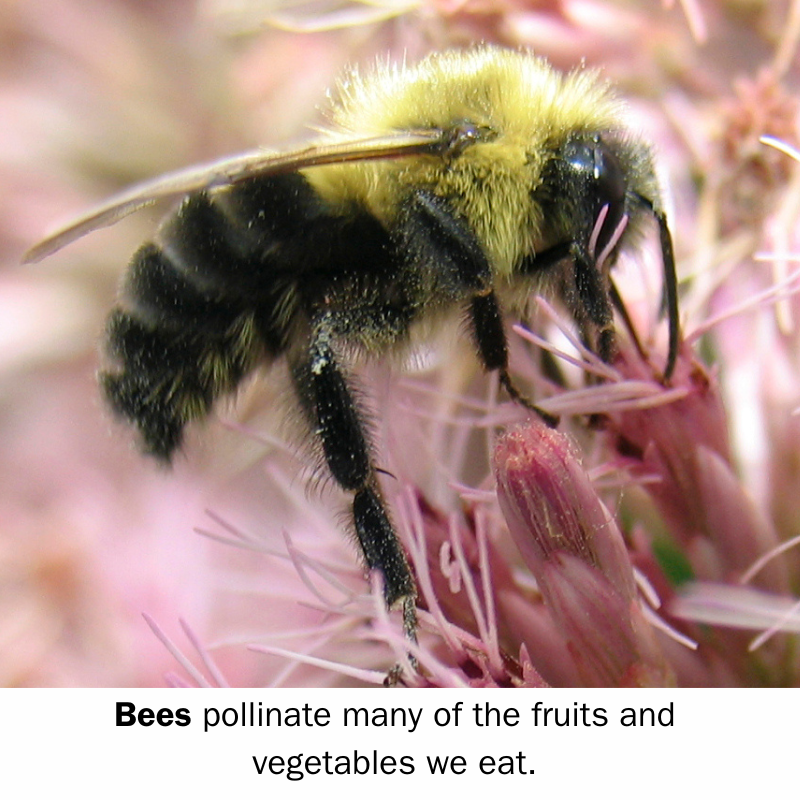
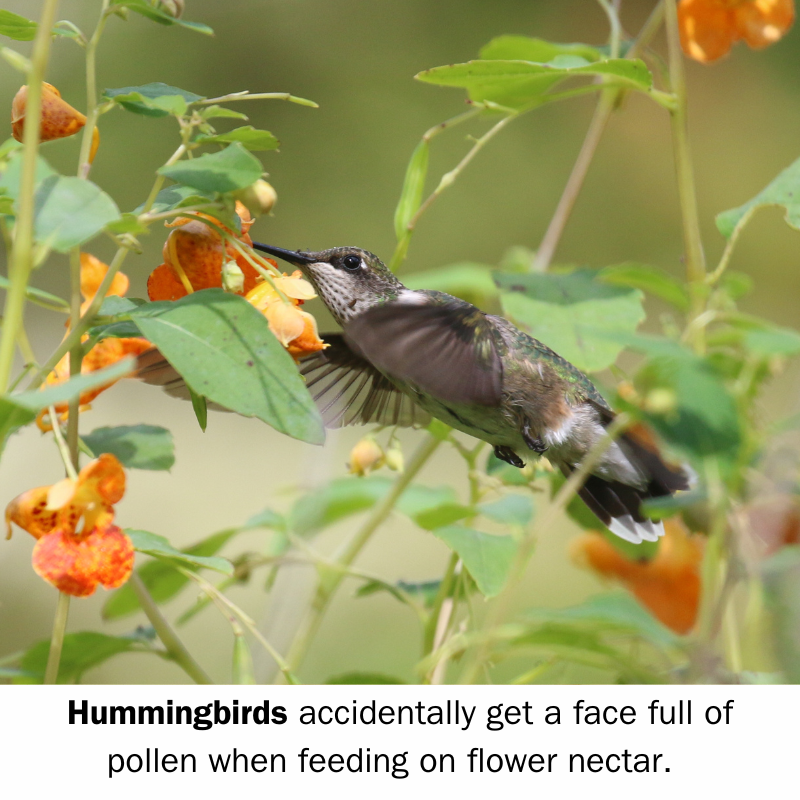

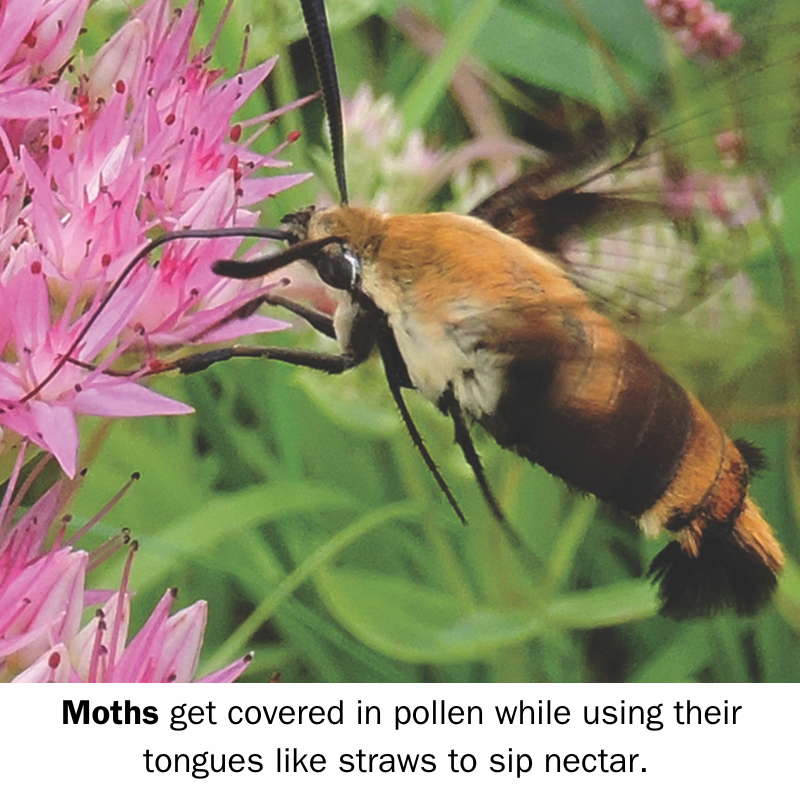
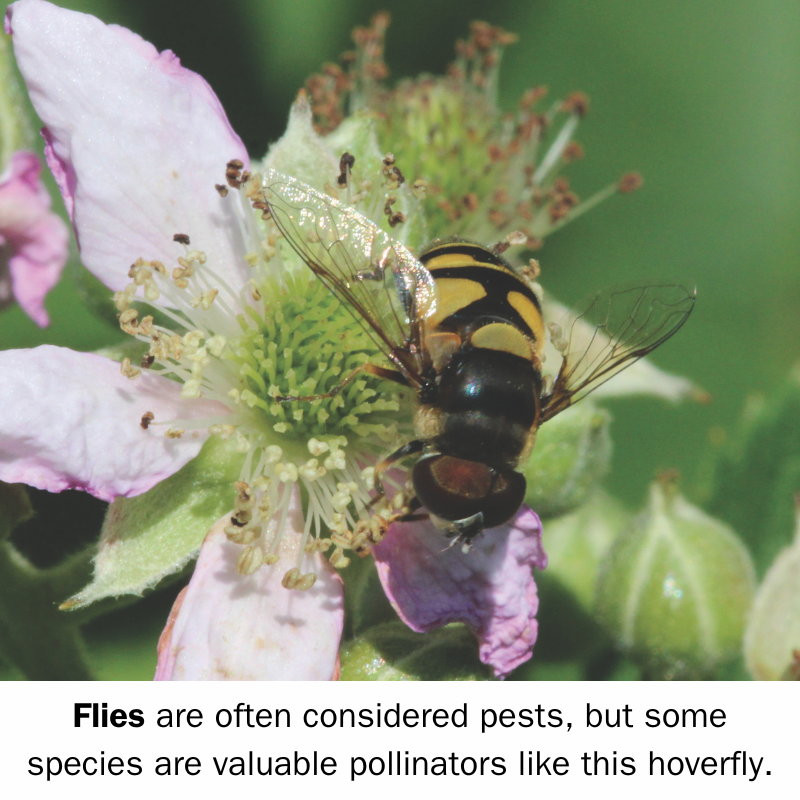

Without pollinators we would not have apples, tomatoes, almonds, coffee, and chocolate. These are just some foods and beverages that rely on pollinators. Some estimate that 1 in 3 bites of food we eat are the result of animal assisted pollination. If these pollinators cease to exist our food supply and that of other animals would collapse. Pollinators are necessary for human survival.

Habitat loss, invasive plants and animals, climate change, the misuse and overuse of pesticides and other chemicals, as well as diseases and parasites all threaten the survival of pollinators. There are several steps you can take to help pollinators survive.
These are just a few Virginia native pollinator favorites that grow well in our area in full to part sun in average garden soils.
Click on photos to more easily read text.
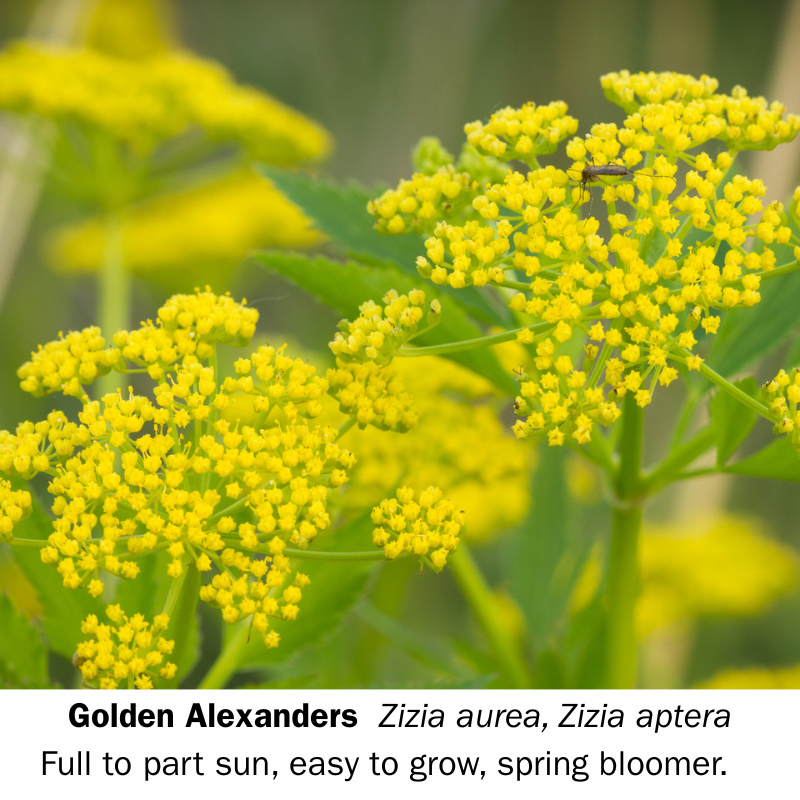
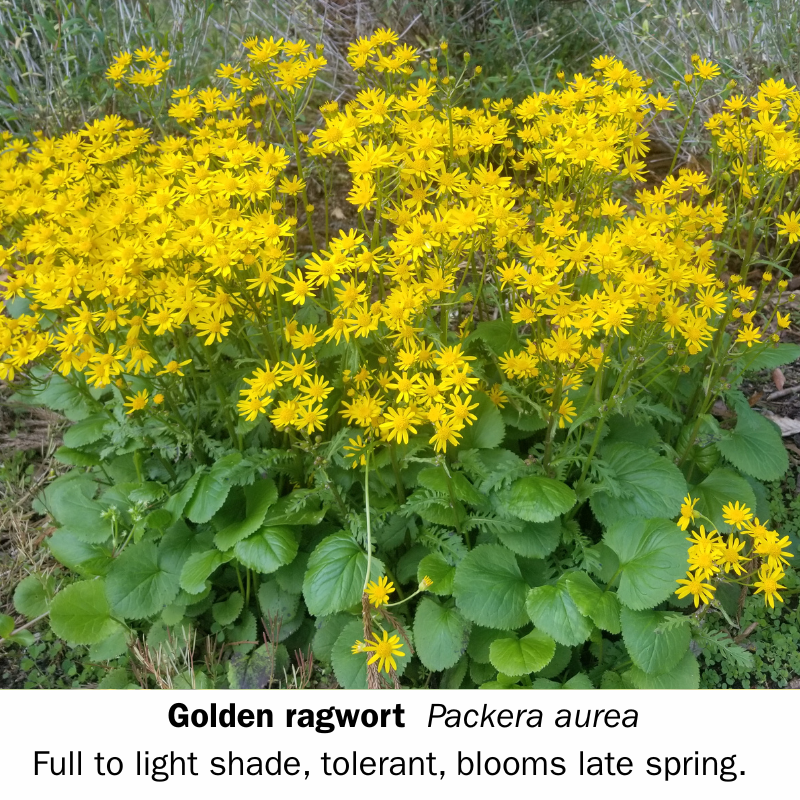

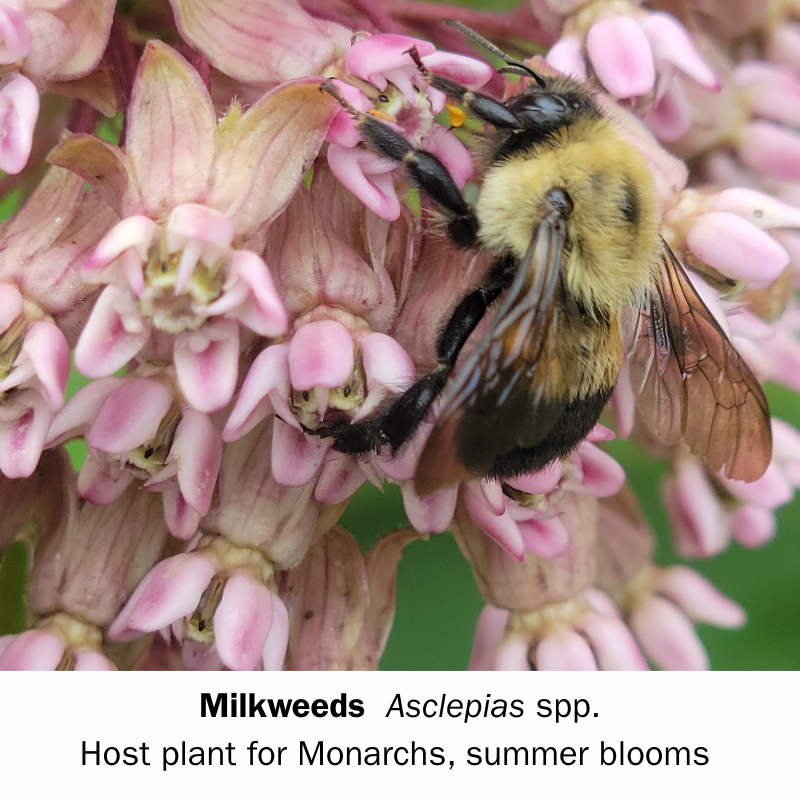
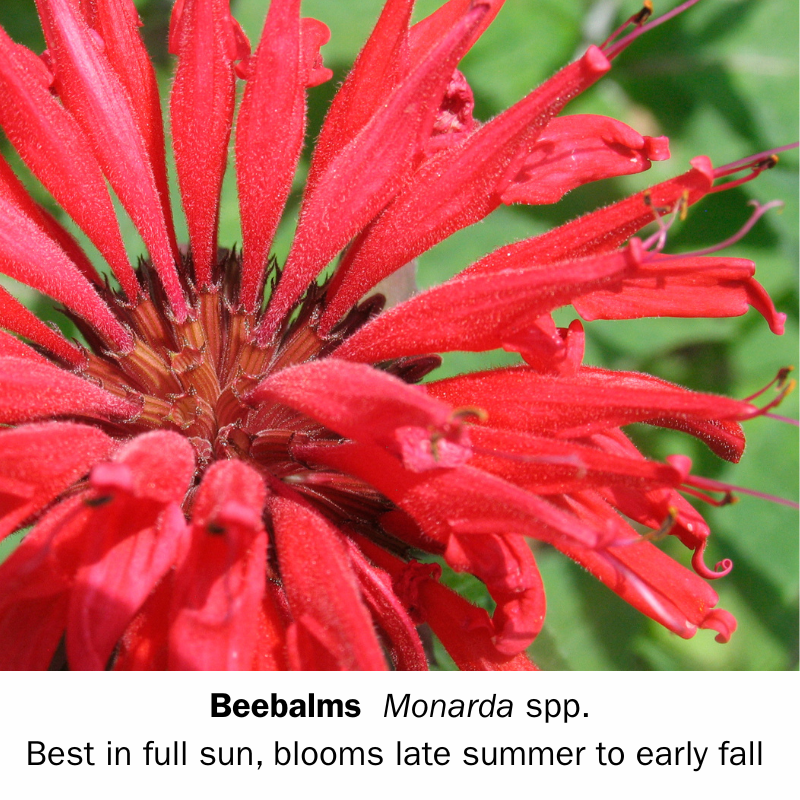

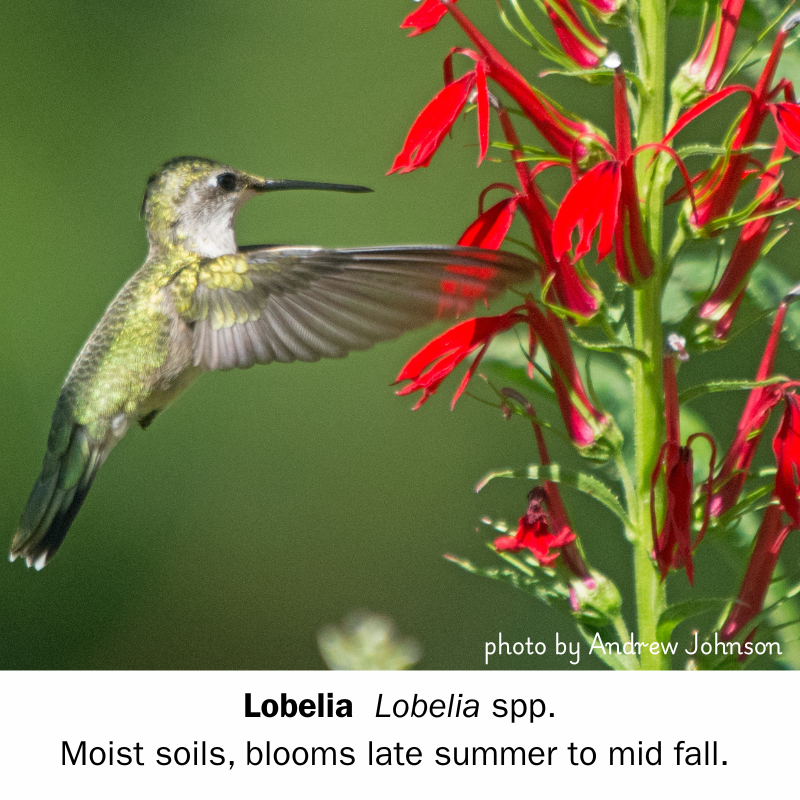





Female butterflies and moths lay their eggs on the leaves of host plants, a plant whose leaves caterpillars (larvae) consume to grow. Trees, shrubs, and perennials can handle heavy feeding by caterpillars that will turn into adult butterflies and moths. Chewed and nibbled leaves are a sign of a healthy and sustaining landscape providing habitat for butterfly and moth caterpillars.
Two common caterpillars found in native gardens are in the photo below. On the left, a spicebush swallowtail caterpillar found on spicebush. On the right, a black swallowtail caterpillar found on golden Alexanders, parsley, and dill.
